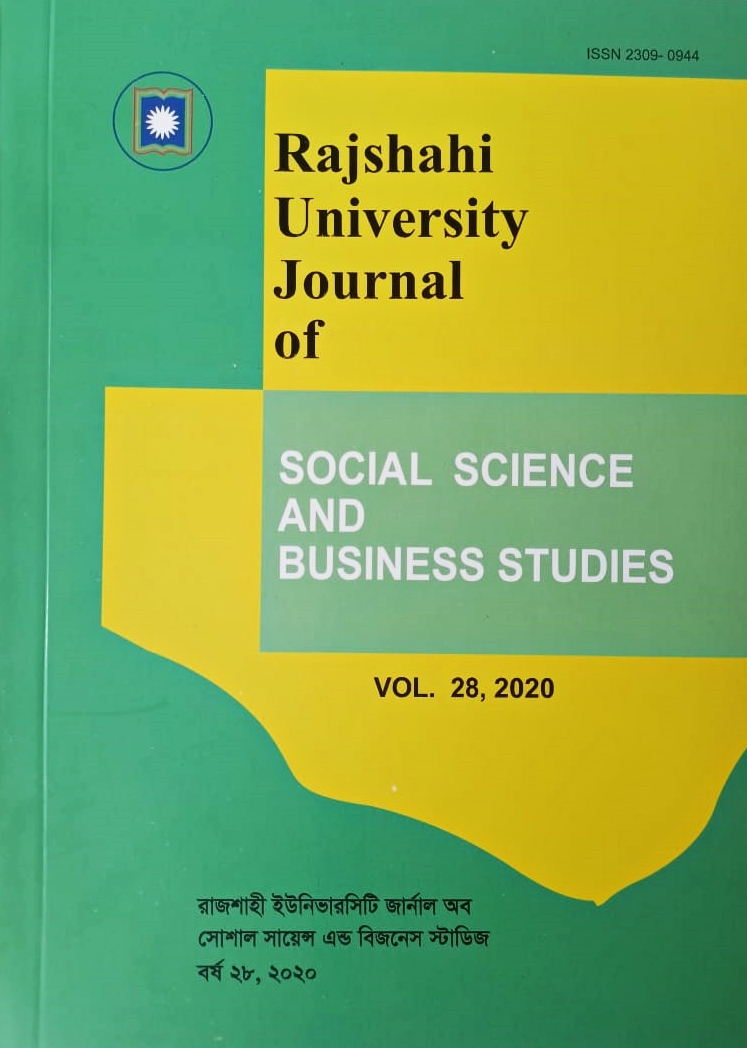Evolution and Development of Food Security Concept: A Historical Overview
DOI:
https://doi.org/10.5281/zenodo.15543556Keywords:
Food security, food access, food policy, food system, dimensions, indicatorsAbstract
Food security is a multifarious concept that includes production, distribution, consumption, health, infrastructure, and many other issues. It is essential for the sustainable social and economic growth of a country. The food security concept has evolved in a sequential manner through the processes of defining, redefining, and reunderstanding in line with the time context. This paper attempts to understand the chronological development of the food security concept over the last five decades based on secondary sources and information. It analyses the major dimensions, i.e., availability, accessibility, utilization, and stability, and indicators of food security, along with policy initiatives taken by global bodies and international governance. It reveals that food availability does not always ensure the accessibility of food to all due to poor socioeconomic and physical conditions and malfunctions of the food distribution system. Food security is also a part of food utilization that covers food quality, nutritional aspects, and food choice. Finally, food security is determined by the stability of food availability, access, and utilization. From macro to micro levels (global, regional, national, and community), food security has been categorized by different sorts of indicators, assessments, and instruments, and it has drawn global attention to fight against famine, starvation, hunger, malnutrition, and food poverty. The paper concludes that is time to review conceptual understanding of food security to encompass the broader dynamics that affect food stability.
Downloads
Downloads
Published
Issue
Section
License
Copyright (c) 2025 Rajshahi University Journal of Social Science and Business Studies

This work is licensed under a Creative Commons Attribution 4.0 International License.





